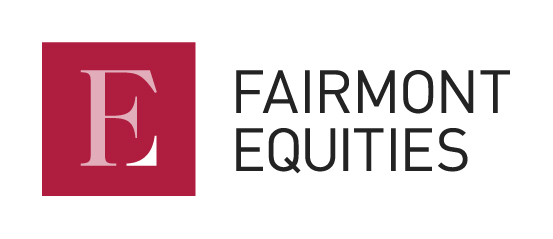Stagflation is a term that has appeared in the media recently because of the direction of the economy and inflation. But what does it actually mean in the current environment?
Stagflation is an economic phenomenon characterised by a combination of stagnant economic growth, high unemployment, and high inflation. It’s a rare and challenging situation because conventional economic policy tools often conflict in addressing its various components.
Stagnant economic growth means the economy isn’t expanding, leading to minimal job creation and little improvement in living standards. High unemployment exacerbates this issue by reducing consumer spending power and overall economic activity.
Simultaneously, high inflation means that the general price level of goods and services is rising rapidly. This can erode purchasing power, especially if wages don’t keep pace with inflation.
Stagflation presents policymakers with a dilemma. Traditional solutions to stimulate economic growth, such as lowering interest rates or increasing government spending, can worsen inflation. Conversely, measures to combat inflation, like raising interest rates or reducing government spending, can further dampen economic growth and exacerbate unemployment.
Lauren Hua is a private client adviser at Fairmont Equities.
An 8-week FREE TRIAL to The Dynamic Investor can be found HERE.
Would you like us to call you when we have a great idea? Check out our services.
Disclaimer: The information in this article is general advice only. Read our full disclaimer HERE.
Like this article? Share it now on Facebook and Twitter!

